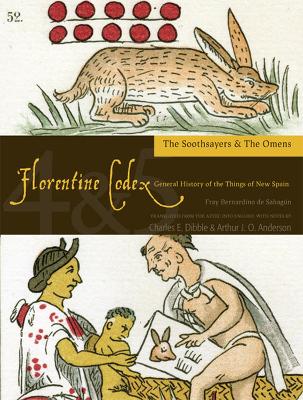Two of the world's leading scholars of the Aztec language and culture have translated Sahagun's monumental and encyclopedic study of native life in Mexico at the time of the Spanish Conquest. This immense undertaking is the first complete translation into any language of Sahagun's Nahuatl text, and represents one of the most distinguished contributions in the fields of anthropology, ethnography, and linguistics. Written between 1540 and 1585, the Florentine Codex (so named because the manuscript has been part of the Laurentian Library's collections since at least 1791) is the most authoritative statement we have of the Aztecs' lifeways and traditions-a rich and intimate yet panoramic view of a doomed people. The Florentine Codex is divided by subject area into twelve books and includes over 2,000 illustrations drawn by Nahua artists in the sixteenth century. Book Four delves into the Aztec's complex astrological beliefs. The date of birth was so significant that it ultimately determined one's personality and future; for example, almost all born on the second day sign called One Ocelot became slaves. Book Five explains the meaning of the many evil omens Aztecs believed in, which usually take the form of animals and insects. It describes the consequences of each omen, and the remedies, if any, that will reverse these effects.
- ISBN13 9781607811602
- Publish Date 15 March 2012
- Publish Status Active
- Publish Country US
- Imprint University of Utah Press,U.S.
- Format Paperback
- Pages 210
- Language English
